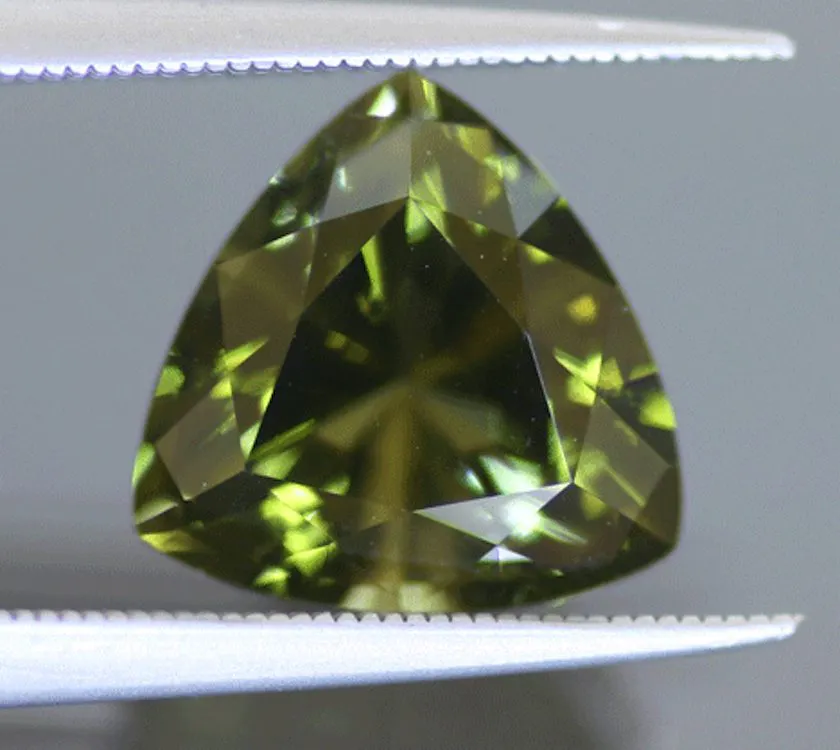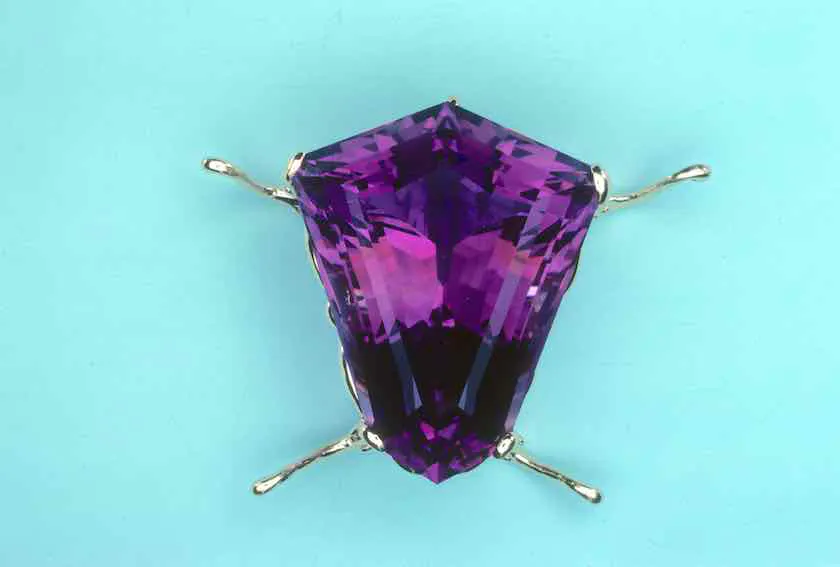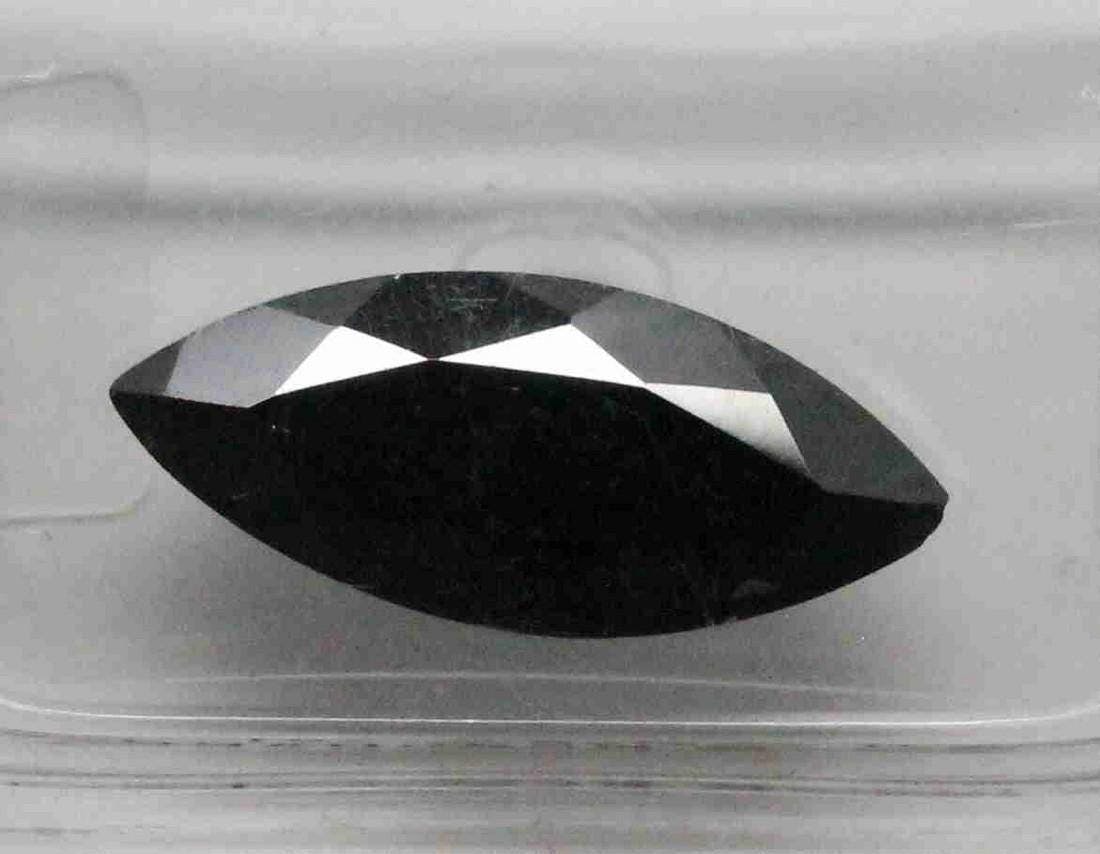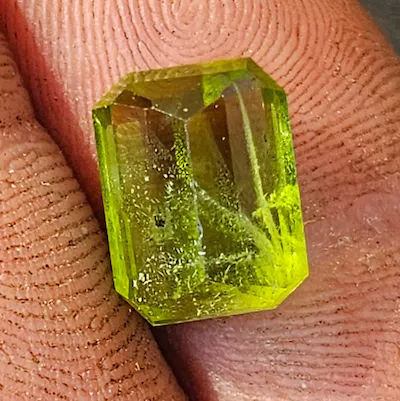Information about Gemstone Necklaces, News
What is a Ming Pearl? Check Out This Rare Gem!
The Ming Pearl – a rare gem that captivates with its mysterious allure and mesmerizing beauty. Its origins lie in the illustrious Ming Dynasty, renowned for its artistry and opulence.
This exquisite jewel has a timeless charm that distinguishes it from other gems. Its lustrous shine and iridescent hues evoke an aura of sophistication and luxury. Handcrafted by skilled artisans using traditional techniques, these pearls are of unparalleled quality.
Legends say these pearls were treasured by ancient emperors as symbols of wealth and power. These royal gems were often given as gifts to foreign dignitaries, further enhancing their allure. The rich history attached to each Ming Pearl makes them highly sought after.
Acquiring a Ming Pearl is no easy feat due to their rarity. With limited availability and high demand, these precious gems have become synonymous with exclusivity and prestige. Owning a Ming Pearl is a symbol of discernment and refined taste.
Intriguingly beautiful, historically significant, and incredibly rare – owning a Ming Pearl is more than just acquiring a gem. It’s embracing a piece of history woven into the fabric of time itself. Don’t miss out on this illustrious legacy – experience the captivating allure of the Ming Pearl today!
Explore in-depth with Melogems in the article below!
What is a Ming Pearl?
Ming Pearls are an exceptionally rare gem. They have a long and captivating history, and symbolize elegance and luxury. These pearls are formed inside freshwater mussels and are renowned for their lustrous colors and unique luster.
Creating Ming Pearls requires great care and patience. Mussels must be carefully chosen and placed in ideal environments, to ensure high-quality pearls are produced. Each pearl has its own individual qualities and shine.
Ming Pearls come in a variety of colors, from glittering white to shimmering pink. Every color has a different meaning, such as purity, love, or prosperity. This makes them highly sought after by collectors and jewelry lovers.
Ming Pearls also have a major cultural importance. They’ve been prized by numerous civilizations throughout history, often representing wealth and authority. Emperor Yongle of the Ming Dynasty especially favored them and supposedly commanded a fleet of ships to search for the finest Ming Pearls across the world.
Today, Ming Pearls still captivate people. Their rarity, beauty, and cultural significance make them one-of-a-kind gems. As you delve into these marvellous jewels, be prepared to be enchanted by their timeless allure.
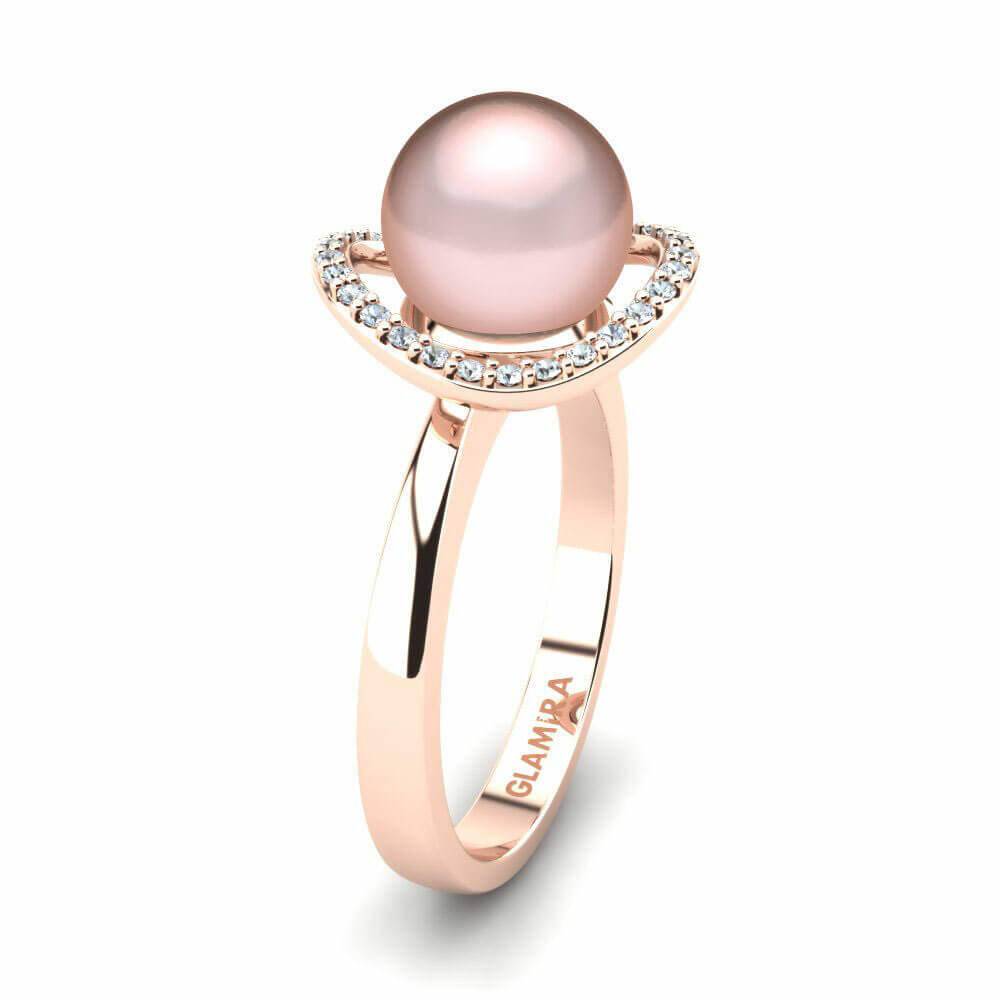
The Rarity of Ming Pearls
Ming Pearls have gained fame over time for their beauty and rarity. They are desired in the jewelry industry due to their unique features and limited availability. To comprehend their rarity, let’s take a closer look.
These pearls have an unusual luster which is not matched by any other type. Their luminescence is captivating and gives any piece of jewelry they adorn extra charm. Additionally, Ming Pearls are highly consistent in size and shape, making them exclusive.
Several interesting facts prove their rarity: they are only cultivated in certain places with ideal conditions. Just a few farms around the world specialize in cultivating them. Plus, their formation process is complex and takes a while, adding to their scarcity.
One should handle Ming Pearls with care, as they are delicate. Cleaning them with gentle solutions helps maintain their shine. It is also smart to store them separate from other jewelry pieces to prevent scratches or damage.
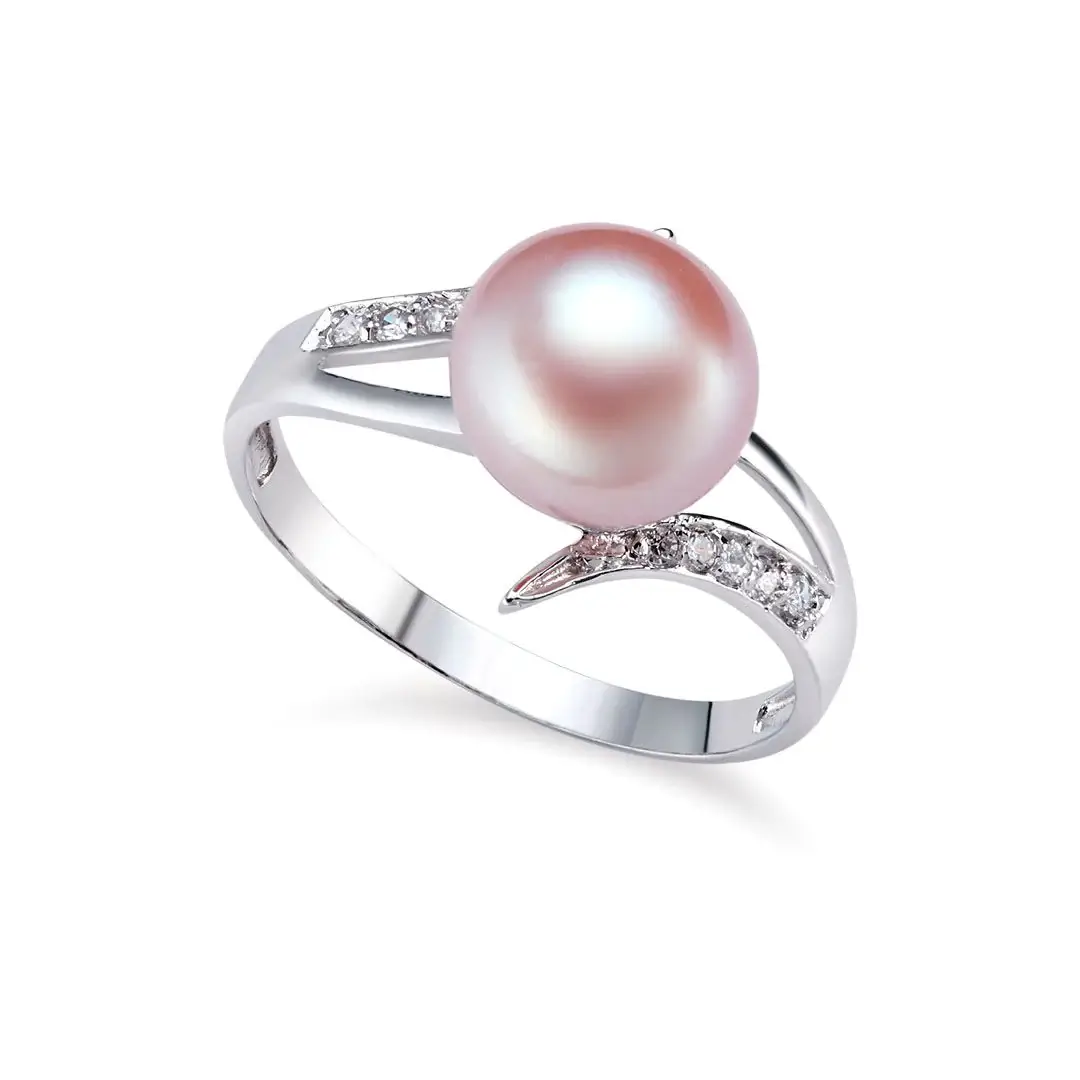
Characteristics of Ming Pearls
To better understand the characteristics of Ming Pearls, delve into their defining aspects: size, color, and luster. Uncover the allure of these rare gems by exploring their unique features, from the subtle variations in size to the captivating color palette and the enchanting luster that sets them apart.
Size
Ming Pearls are renowned for their distinct qualities, like size. They come in a variety of sizes from small to large, to fit individual preferences. The size of Ming Pearls is measured by diameter. Like all natural gemstones, the size can differ depending on the type of oyster and environmental conditions when the pearl was formed.
Let’s take a look at an example of sizes:
- Small (6-7mm)
- Medium (8-9mm)
- Large (10-11mm)
- Extra-Large (12-13mm)
These measurements are only rough estimations. Generally, larger-sized pearls are more valuable due to their rarity and demand.
In addition to size, luster, shape, and surface quality also affect the value and allure of Ming Pearls. Each pearl has its own unique features, making them desirable for collectors and jewelry lovers.
The history of Ming Pearls dates back centuries. They were first created during the Chinese Ming Dynasty, hence their name. The technique of cultivating these pearls has been passed down through generations, to keep the beauty of Ming Pearls alive.
Ming Pearls are a symbol of class and luxury in the world of fine jewelry. They look beautiful as earrings, pendants, necklaces, or bracelets, and will definitely leave a lasting impression.
Learn more about “Why Are Pearls So Valuable” at Melogems!
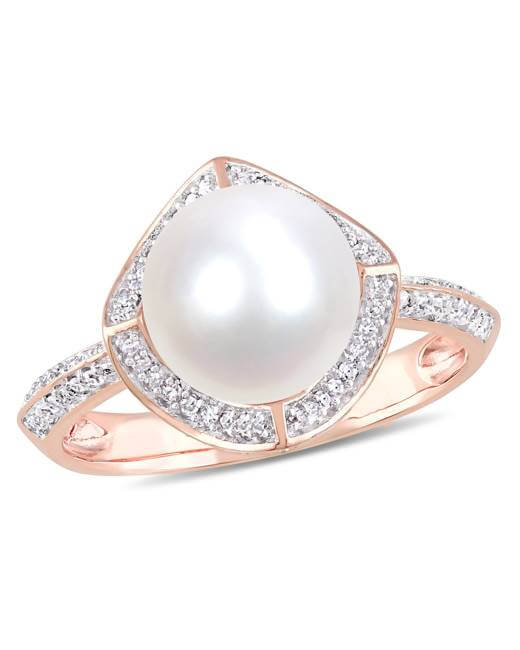
Color
Let’s explore the wondrous colors of these magnificent Ming pearls!
White: Showcasing an ethereal beauty, white pearls are pure and pristine.
Pink: Soft and alluring, pink pearls radiate a feminine grace.
Lavender: Tranquil and serene, lavender pearls display shades of moonlit fields.
Golden: Rich and luxurious, golden pearls shine with sophistication and opulence.
Black: Mysterious and captivating, black pearls exude an aura of mystique.
It’s important to note that each pearl’s color is affected by environmental conditions and the type of mollusk. This creates an endless variety of colors within each hue. This makes each strand and jewelry piece adorned with these pearls one-of-a-kind.
Throughout history, humans have been captivated by color. Pearls have long been symbols of power, wealth, and beauty. The colors of Ming pearls only increased their desirability among nobles and collectors. As they graced royal courts or were passed down through generations, these gems continued to bewitch all who saw them.
Luster
The table below explains why Ming pearls shine brighter than the rest.
| Characteristics | Description |
|---|---|
| Nacre Thickness | Thick layers create brilliance |
| Surface Smoothness | Flawless surfaces add reflectivity |
| Color Reflection | Balance of body color and light reflection |
| Orient | Reflections that dance across the pearl’s surface |
| Mirror-like Effect | Reflective surfaces like mirrored glass |
The unique orient of Ming pearls is what sets them apart. The dazzling reflections will take your breath away.
Throughout history, these awe-inspiring pearls have been a symbol of status and beauty. They’ve been treasured for centuries – from China’s emperors to today’s jewelry lovers. The timeless charm of Ming pearls is undeniable.
Where are Ming Pearls found?
Ming pearls, a rare and treasured gem, are mainly found in the South China Sea. Japan and Thailand also hold these exquisite gems.
The South China Sea is abundant with marine life. Its warm, tropical waters offer ideal conditions for pearl growth, accounting for their beautiful shine and luster.
Although the South China Sea is the primary source of Ming pearls, they can also be found in other regions such as Japan and Thailand. These areas provide similar favorable environments for pearl formation, creating high-quality gems.
To increase your chances of getting these majestic pearls, check out reliable pearl farms or jewelry stores. They’ve perfected sourcing and selecting the best Ming pearls. For added confidence, ask help from industry experts.
By knowing where to find Ming pearls and seeking out dependable sources, you can start your journey to obtain a stunning gem that radiates style and class. Quality should be your priority and connecting with trustworthy jewelers who can assist you using their expertise and experience is key.
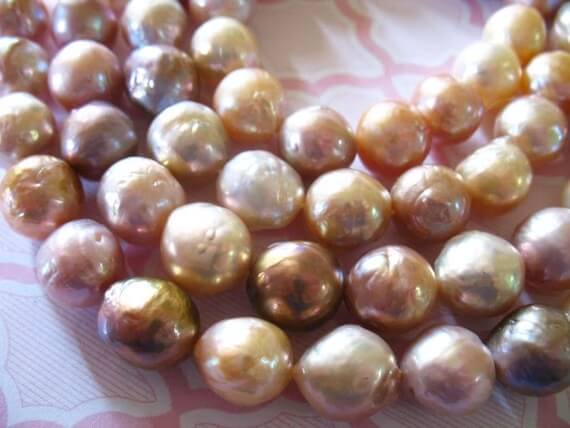
How are Ming Pearls formed?
Ming Pearls – rare gems with an interesting formation process. A grain of sand or a shell fragment enters the mantle tissue of a mollusk, causing the mollusk to secrete layers of nacre. Over time, the layers accumulate and create the lustrous Ming Pearl.
The nacre is composed of aragonite crystals. These are arranged in a highly organized way, giving the pearl its characteristic smoothness and reflective quality.
Ming Pearls are found in select regions of China’s Yangtze River. Because of their scarcity, they are highly valued. According to Richard Wise, Chinese emperors and nobility have treasured Ming Pearls for centuries. They are symbols of elegance and timeless beauty.
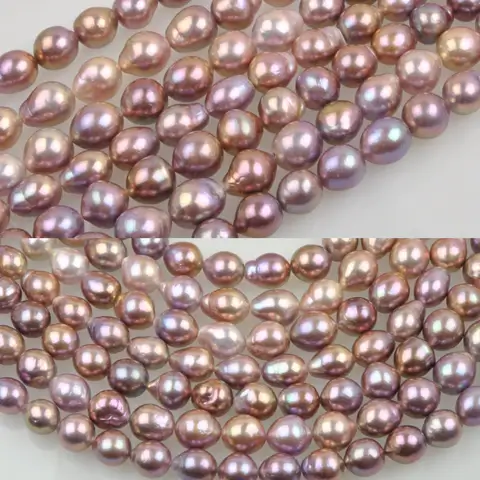
Historical Significance of Ming Pearls
Ming Pearls have captivated people through the ages with their beauty and craftsmanship. They were highly valued during the Ming Dynasty, a powerful period in Chinese history. Wealth, power, and status were symbolized by these gems, so they were coveted by emperors and noble families.
The quality and craftsmanship of Ming Pearls are unrivaled. Artisans used traditional techniques to select, shape, and polish each pearl for a lustrous shine. They come in a range of colors, from creamy white to soft pink or silver.
In addition to being beautiful, Ming Pearls carry symbolic meanings. People believed they brought good fortune, prosperity, and harmony. This made them especially alluring to the elite during the Ming Dynasty.
Pro Tip: Only purchase Ming Pearls from reputable sellers with certificates of authenticity. This guarantees you are buying a genuine piece of history, and allows you to truly appreciate their historical significance.
Current Market Value of Ming Pearls
Ming Pearls are highly desired due to their rarity and beauty. These precious gems have a special place in the jewelry world, with prices ranging from thousands to millions of dollars.
Let’s take a look at the figures and find out what Ming Pearls are truly worth! Here’s a helpful table:
| Pearl Type | Price Range |
|---|---|
| Natural Ming | $10,000 – $100,000 |
| Cultured Ming | $1,000 – $10,000 |
| Baroque Ming | $500 – $5,000 |
These numbers give us an insight into the financial value of these amazing pearls. But they’re worth more than that!
Ming Pearls come in many shapes, sizes, and colors – each one unique. Plus, they have a smooth texture and a shimmery luster. For centuries, they’ve been treasured by royalty and nobility.
One enchanting story tells of a Ming Pearl that’s been passed down through generations. People say it brings luck to its owners. This myth shows why Ming Pearls are so captivating – and why people keep coming back for them!
What is the price of a Melo Melo pearl ring? Find out now at Melogems!
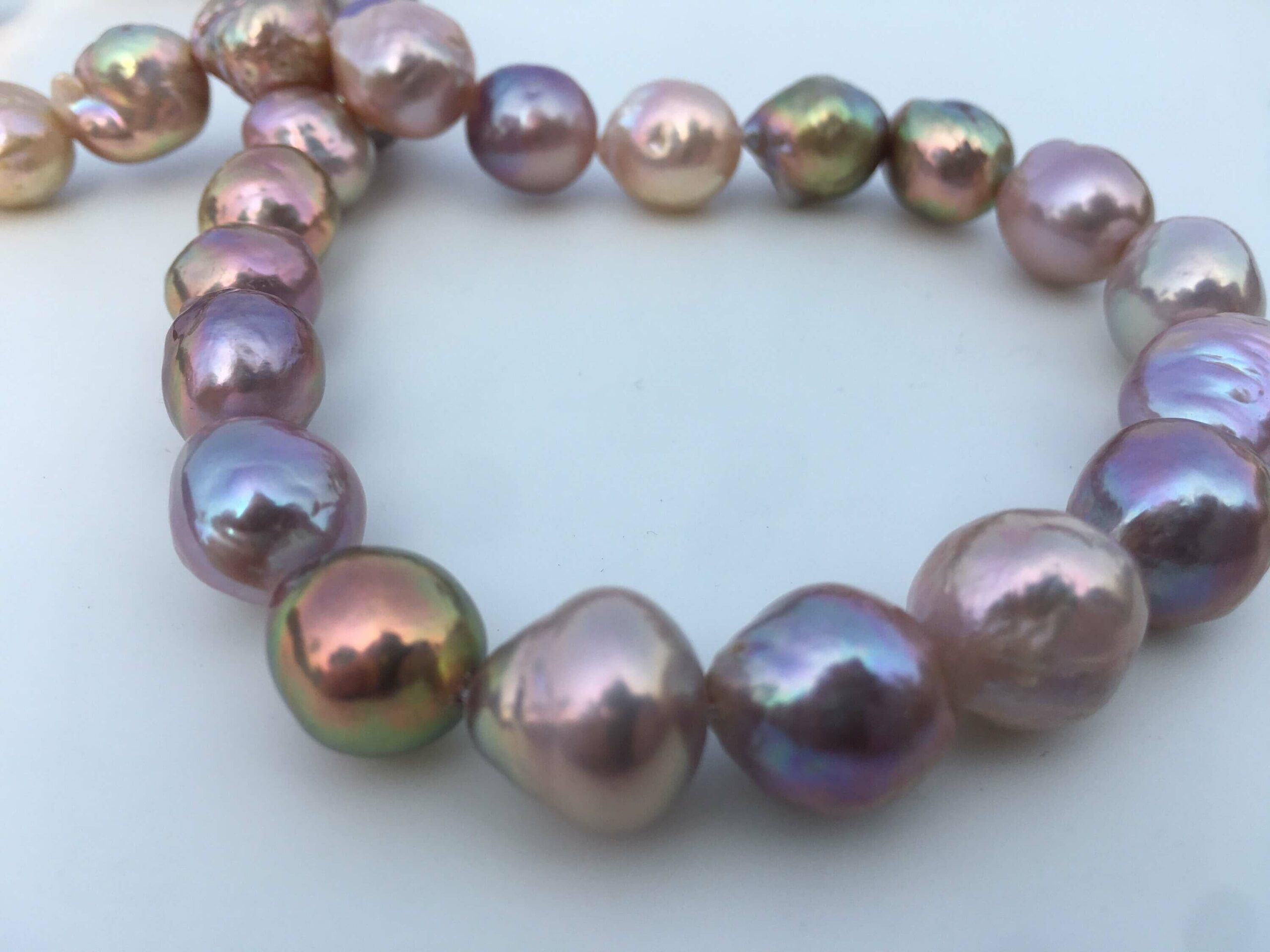
Conclusion
We have uncovered the unique characteristics of Ming pearls! These captivating gems are highly desired by collectors and enthusiasts worldwide. Not only beautiful, they’re believed to bring good fortune and prosperity. Plus, their exquisite luster and colors add to their allure. Did you know that the largest recorded Ming pearl weighs a whopping 120 carats? That’s a lot of mystery! In addition, Ming pearls have a rich history. They were primarily harvested during the Ming Dynasty in China. Sadly, due to overfishing and natural disasters, production of Ming pearls started declining. This made them even more treasured for their rarity.
Frequently Asked Questions
1. What is a Ming Pearl?
A Ming Pearl is a rare and valuable type of pearl that originates from the Ming River in southeast China. It is known for its unique luster, large size, and rich color variations.
2. How are Ming Pearls formed?
Ming Pearls are formed naturally inside freshwater mussels found in the Ming River. These mussels create a pearl sac to protect themselves from irritants, such as sand or parasites. Over time, layers of nacre are deposited around the irritant, resulting in the formation of a Ming Pearl.
3. What makes Ming Pearls different from other pearls?
Ming Pearls stand out due to their large size, which can range from 8 to 15 millimeters in diameter. They also possess a unique luster, giving them a radiant glow. Additionally, Ming Pearls come in a variety of colors, including white, pink, and lavender.
4. Are Ming Pearls rare?
Yes, Ming Pearls are considered rare due to their limited supply. They can only be found in the Ming River, and the process of pearl formation is unpredictable. This rarity contributes to their high value and desirability among collectors and jewelry enthusiasts.
5. How can I determine if a pearl is a genuine Ming Pearl?
Authenticating a Ming Pearl requires expertise and specialized equipment. It is recommended to purchase Ming Pearls from reputable and certified jewelers who can provide proper documentation. Gemological tests, such as X-ray analysis and luster examination, can help verify the authenticity of a Ming Pearl.
6. What is the significance of Ming Pearls?
Ming Pearls hold cultural and historical significance in China. They are often associated with prosperity, purity, and beauty. In Chinese tradition, these pearls are believed to bring good luck and ward off negative energies. As a result, they are highly valued and treasured as symbols of wealth and good fortune.

